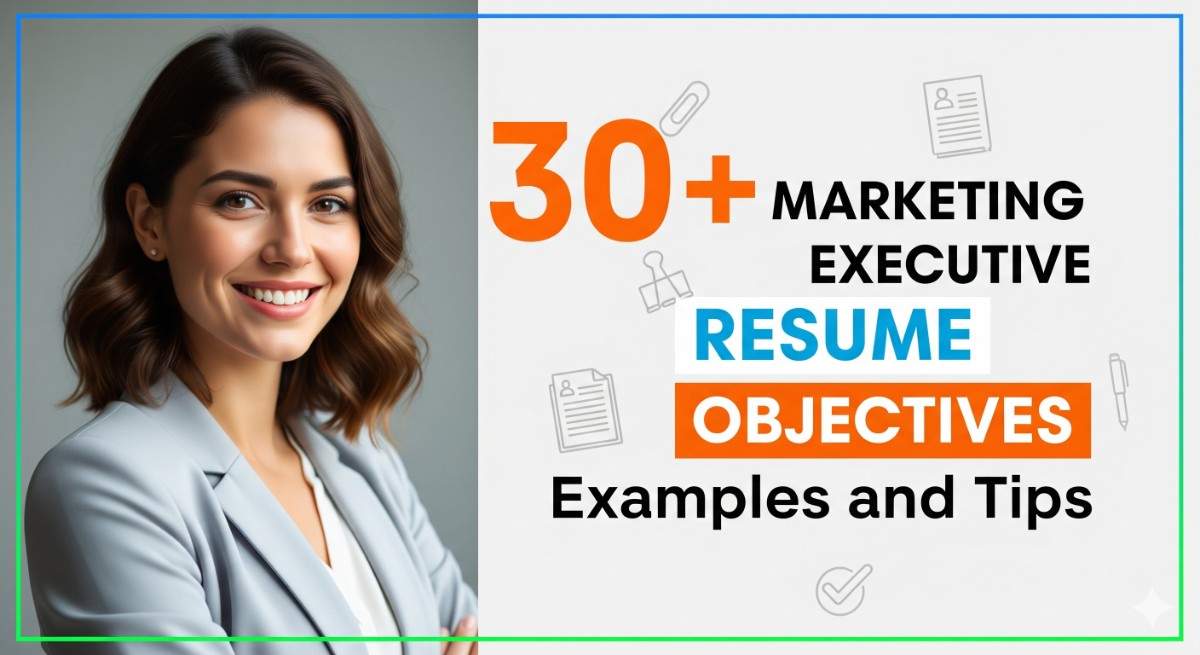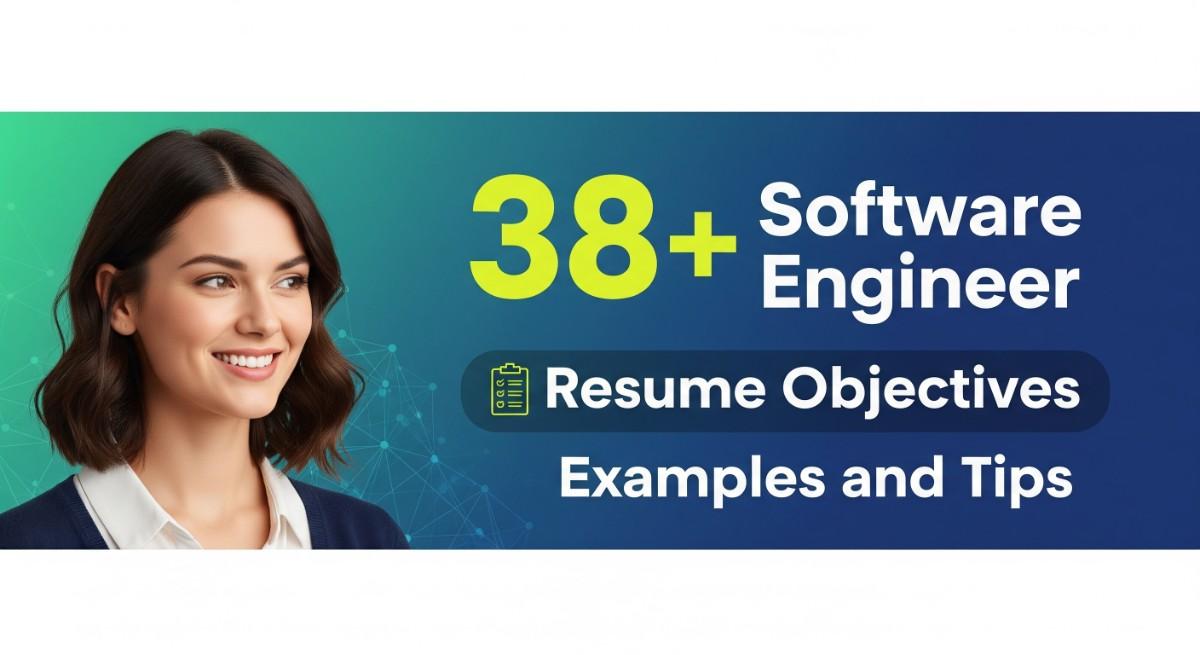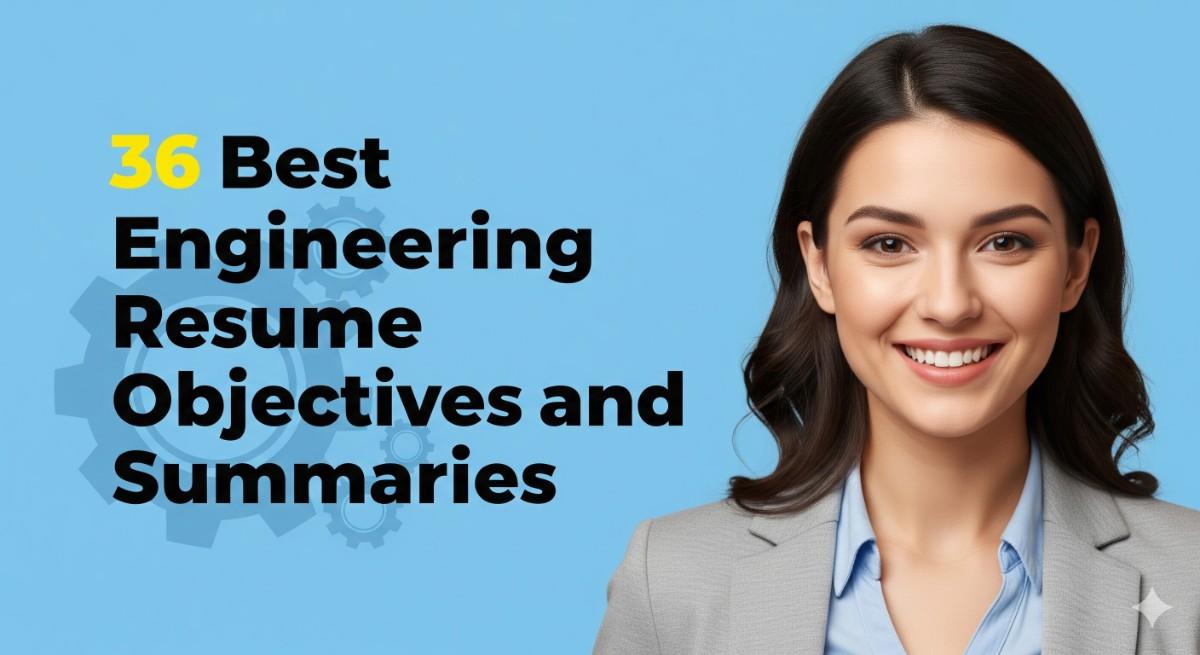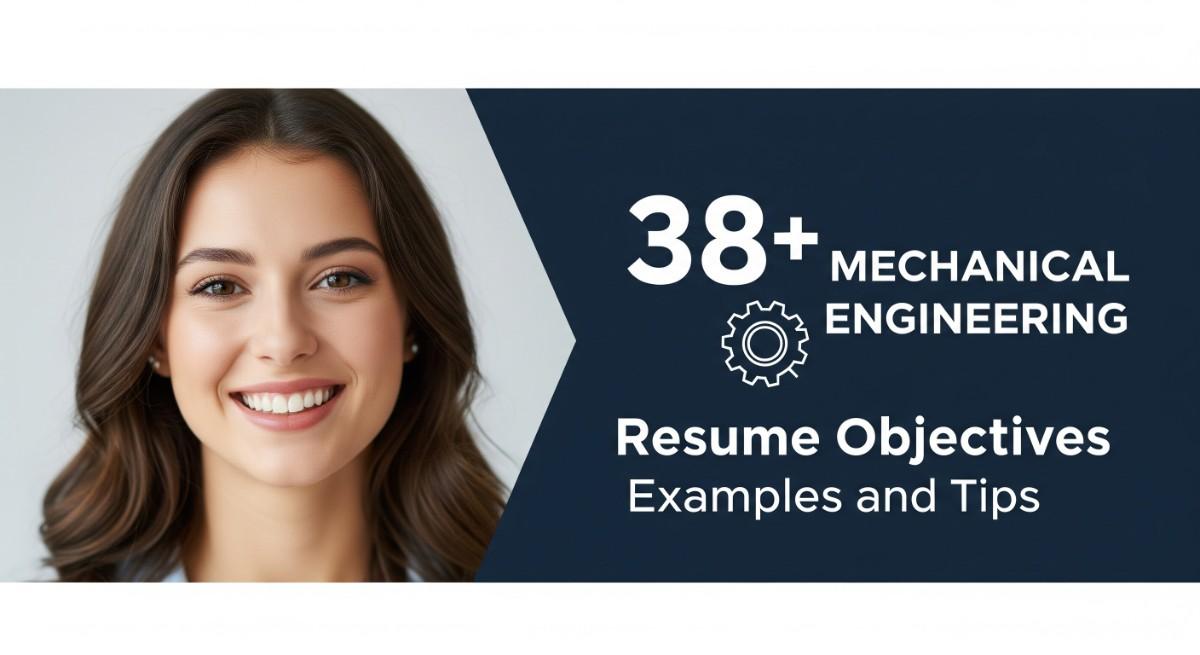
28 Best Java Developer Resume Objectives and Summaries for 2025
In the competitive field of Java development, a compelling resume objective or summary serves as a critical first impression that can significantly influence hiring managers. These opening statements provide a snapshot of a candidate’s technical prowess, relevant experience, and career aspirations, making it easier for employers to identify top talent quickly. A well-crafted objective or summary not only highlights the candidate’s proficiency in Java and related technologies, but also showcases their problem-solving abilities and contributions to past projects. In today’s job market, where many applicants vie for the same roles, an engaging and targeted opening statement can differentiate a candidate, making them more memorable and increasing their chances of securing an interview.
Explore professional resume examples to understand what makes an effective opening statement.
Java Developer Resume Objectives
Choose from these Java Developer resume objectives and customize them for your specific situation:
Enthusiastic recent computer science graduate with a solid foundation in Java development and hands-on experience through internships. Eager to leverage skills in object-oriented programming and agile methodologies to contribute to innovative projects that enhance user experiences while gaining insights from experienced professionals in a collaborative environment.
Detail-oriented Java Developer with over 3 years of experience in designing and implementing scalable applications. Proven ability to optimize processes and enhance application performance, demonstrated by successfully reducing load times by 30% in previous projects. Seeking to apply my technical expertise and problem-solving skills in a dynamic team at a forward-thinking company.
Dedicated software engineer transitioning from a career in finance to pursue my passion for technology. Proficient in Java and familiar with agile practices, I am excited to bring analytical skills and a fresh perspective to software development projects. Looking for an opportunity to contribute to a team focused on delivering high-quality solutions.
Build your resume in just 5 minutes with AI.
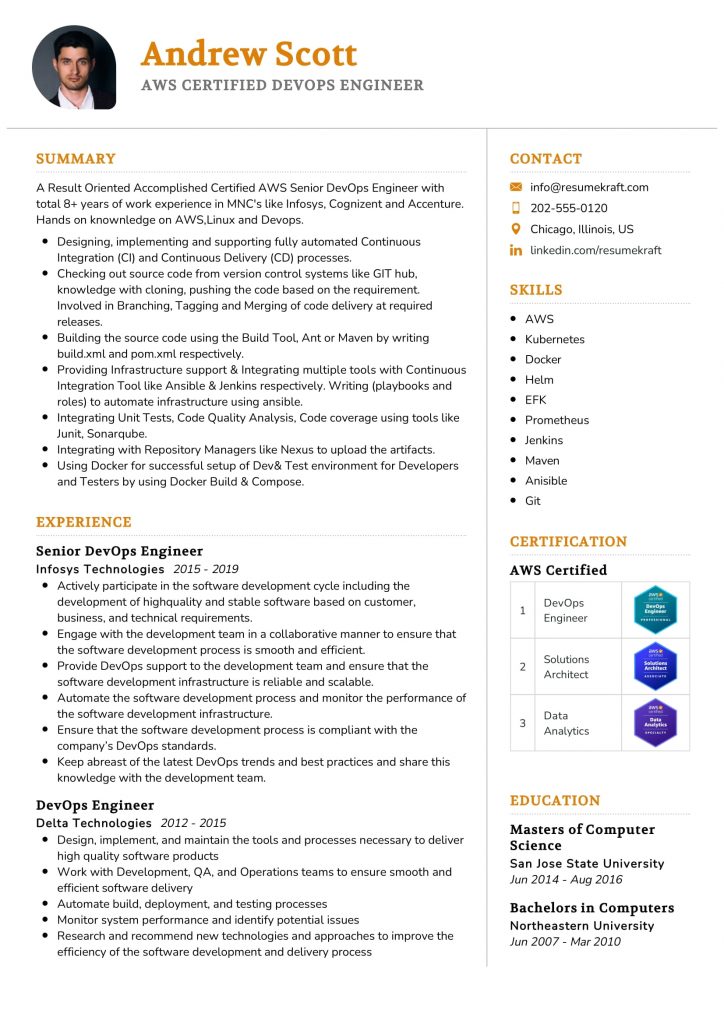
Motivated Java Developer with 5+ years of professional experience in building robust applications and leading small teams in an agile environment. Known for driving projects to completion ahead of schedule, I aim to bring my leadership and technical skills to a challenging role that fosters innovation and collaboration in software development.
Results-driven Java Developer with a proven track record of delivering high-quality code and enhancing system functionality. Successfully led a project that integrated AI capabilities into existing software, resulting in a 40% increase in user engagement. Seeking a challenging position that allows me to further develop my expertise while contributing to cutting-edge projects.
Passionate Java Developer eager to launch my career in a dynamic technology firm. Skilled in core Java, SQL, and RESTful API development, I am committed to contributing to innovative solutions while working collaboratively with seasoned developers to learn best practices in software design and development.
Experienced Java Developer with a strong background in developing enterprise-level applications and optimizing existing systems. My contributions have led to a 25% improvement in application efficiency and significant cost savings. I am looking for a challenging role where I can utilize my technical skills and drive continuous improvement initiatives.
Proficient Java Developer returning to the workforce after a career break, ready to reintegrate my skills and expertise into a fast-paced environment. With a strong foundation in software development and a passion for problem-solving, I am eager to collaborate on projects that leverage my experience and contribute to team success.
Ambitious junior Java Developer with hands-on experience in building web applications during academic projects. Adept at utilizing frameworks such as Spring and Hibernate, I am eager to join an innovative team where I can enhance my skills and contribute to impactful software solutions that meet user needs.
Dynamic software engineer with over 7 years of Java development experience in high-pressure environments. Known for achieving project milestones ahead of deadlines and improving system efficiency, I am looking to bring my strategic vision and technical acumen to a leadership role in a forward-thinking organization.
Adaptable Java Developer with 4 years of experience in mobile application development and backend services. Successfully launched an application that received over 10,000 downloads in its first month. I am eager to tackle new challenges and bring my creativity and technical expertise to a team that values innovation and user-centric design.
Driven Java Developer with a focus on clean code and automated testing, possessing 3 years of experience in developing scalable applications. My commitment to enhancing software reliability has led to a 50% reduction in bugs post-deployment. Seeking to join a team dedicated to excellence in software quality and user experience.
Compassionate and dedicated Java Developer with a passion for mentoring and knowledge sharing. With over 5 years in the industry, I aim to foster a collaborative environment while utilizing my skills in Java, Spring, and cloud technologies to drive team success and deliver robust software solutions.
Java Developer Resume Summaries
Select from these professional Java Developer resume summaries and adapt them to highlight your unique qualifications:
Dedicated Java Developer with over 5 years of experience in building scalable web applications. Proficient in Java, Spring Boot, and Hibernate, I have successfully led a team to reduce application load time by 30% while enhancing user experience. My strong analytical skills and problem-solving ability have enabled me to deliver high-quality code and maintain robust software solutions. Passionate about continuous learning, I stay updated on the latest Java technologies and best practices.
Results-driven Java Developer with 7 years of experience in enterprise-level applications. I specialized in microservices architecture, leading to a 40% reduction in deployment times and improved system performance. My expertise in RESTful APIs and cloud technologies such as AWS has enabled me to implement solutions that enhance operational efficiency. A strong communicator, I thrive in fast-paced environments and enjoy collaborating with cross-functional teams.
Java Developer with a strong foundation in object-oriented programming and 3 years of experience in agile development environments. I have contributed to the successful launch of multiple applications, improving user engagement by 25% through enhanced functionality and usability. My skills in Spring MVC and JavaScript frameworks have allowed me to develop dynamic front-end solutions, ensuring seamless integration with back-end systems. Eager to bring my creativity and technical expertise to a forward-thinking organization.
Experienced Java Developer with a decade of expertise in software development lifecycle management. I have led projects from conception to deployment, consistently delivering high-quality software solutions that meet client specifications. My technical skills include Java SE, JEE, and database management with Oracle and MySQL. Recognized for my ability to mentor junior developers, I believe in fostering a collaborative environment that encourages innovative thinking.
Innovative Java Developer with 4 years of experience specializing in mobile application development. Proficient in Java and Android SDK, I developed an award-winning app that achieved over 100,000 downloads within the first year. My commitment to user-centric design and performance optimization has resulted in a 4.8-star rating on the Google Play Store. Excited to leverage my skills in a dynamic team to create cutting-edge mobile solutions.
Skilled Java Developer with 6 years of experience in financial technology, focused on developing secure, high-performance applications. I successfully implemented a transaction processing system that improved processing speed by 50% while ensuring compliance with industry regulations. My knowledge in Java, Spring Framework, and security protocols has been instrumental in delivering reliable solutions to clients. I am eager to contribute my expertise to a leading fintech company.
Detail-oriented Java Developer with 2 years of experience in back-end development. I have a strong command of Java and SQL, having contributed to a project that improved database query performance by 35%. My ability to quickly adapt to new technologies allows me to integrate innovative solutions that enhance project outcomes. I am enthusiastic about collaborating with teams to drive successful software development initiatives.
Results-oriented Java Developer with extensive experience in integrating Java applications with cloud services. Over the past 8 years, I have led multiple projects to transition on-premises solutions to AWS, resulting in a 60% increase in system reliability. My expertise in Spring Boot and containerization using Docker has enabled me to optimize application scalability. As a proactive team player, I am passionate about harnessing technology to solve complex business challenges.
Junior Java Developer with a strong academic background in computer science and 1 year of practical experience through internships. I have developed Java applications that automate processes, resulting in a 20% increase in team productivity. Proficient in building user interfaces with JavaFX and basic RESTful services, I am eager to expand my skills in a challenging role. I am committed to continuous professional development and collaboration with experienced developers.
Ambitious Java Developer with 5 years of experience in e-commerce solutions, driven by a passion for creating efficient and user-friendly applications. I played a key role in revamping the checkout process, leading to a 15% increase in conversion rates. My proficiency in Java, Spring, and MySQL, combined with an understanding of user experience design, allows me to deliver robust and engaging software. I look forward to contributing to a dynamic team that values innovation.

Build your resume in 5 minutes
Our resume builder is easy to use and will help you create a resume that is ATS-friendly and will stand out from the crowd.
Proficient Java Developer with 3 years of experience specializing in big data technologies. I have successfully integrated Java applications with Hadoop and Spark, resulting in a 50% acceleration of data processing capabilities. My strong analytical skills and attention to detail have been crucial in delivering actionable insights to stakeholders. I am eager to leverage my expertise in a challenging environment where data-driven decision-making is paramount.
Java Developer with a focus on DevOps practices and 6 years of experience in software development. I have implemented CI/CD pipelines that reduced deployment times by 70%, significantly enhancing team productivity. My background in Java, Jenkins, and Kubernetes allows me to contribute effectively to software lifecycle management. I am excited to bring my skills to an organization that prioritizes efficient development processes.
Dynamic Java Developer with over 4 years of experience in health tech applications. I played a pivotal role in developing a patient management system that improved appointment scheduling efficiency by 40%. My skills in Java, Spring Boot, and REST APIs have enabled me to build compliant and scalable solutions for healthcare providers. I am passionate about using technology to drive positive change in the healthcare industry.
Dedicated Java Developer with 9 years of experience, focusing on creating immersive user experiences for SaaS applications. Successfully led a team project to overhaul a legacy system, increasing operational efficiency by 30% and user satisfaction scores by 20%. My technical skills include Java, Angular, and AWS, coupled with a strategic mindset for aligning technology solutions with business goals. I am ready to take on a leadership role in a forward-thinking company that values innovation.
How to Write Compelling Java Developer Resume Objectives and Summaries
- Start with strong keywords relevant to Java development, such as “Java SE,” “Spring Framework,” or “RESTful APIs,” to ensure your resume passes through applicant tracking systems and grabs hiring managers’ attention. Study professional resume examples for inspiration
- Quantify your achievements by including specific metrics, like “reduced application load time by 30%,” to illustrate your contributions in previous roles, making your resume objectives more compelling and results-driven.
- Tailor your resume objective to each job description, highlighting the most relevant skills and experiences that align with the company’s needs, showcasing your genuine interest in the specific position.
- Avoid generic statements by ensuring your summary reflects your unique value proposition, such as mentioning your proficiency in Agile methodologies or experience with cloud services specific to Java development.
- Use action verbs like “developed,” “implemented,” or “optimized” to convey your role in projects, bringing a sense of dynamism and professionalism to both your objectives and summaries.
- Leverage AI resume builders for suggestions on structuring impactful objectives, but ensure to personalize them with your achievements and goals, creating a distinctive and authentic representation of your career.
- Create a cohesive narrative between your resume and cover letter by aligning your objectives with the key points in your cover letter, reinforcing your message to potential employers about your fit for the role.
- Common mistakes to avoid include overly vague language or long-winded sentences; keep your objectives concise and focused, ideally within two to three impactful sentences that clearly outline your aspirations and strengths.
Key Takeaways for Java Developer Resume Objectives and Summaries
- Tailor your objective to the specific job by incorporating relevant keywords from the job description, demonstrating your understanding of the company’s needs and how you can fulfill them.
- Highlight your technical skills prominently, such as proficiency in Java, Spring, Hibernate, and Agile methodologies, to immediately convey your fit for the role.
- Quantify your achievements by including metrics, like “improved application performance by 30%” or “successfully managed a project that enhanced user engagement by 25%,” to showcase your impact.
- Express enthusiasm for the role and company culture, which can set you apart; mention a specific aspect of the company that excites you and aligns with your career goals.
- Focus on relevant experience in your summary, detailing key projects, responsibilities, and technologies used, to create a narrative of your qualifications and growth as a Java Developer. Consider using an AI resume builder for optimization
Frequently Asked Questions
What is the ideal length for a Java Developer resume objective or summary?
The ideal length for a Java Developer resume objective is typically 1-2 sentences, while a summary can range from 3-5 sentences. Keep it concise yet impactful, ensuring it captures your key skills and career aspirations. Aim to provide a clear snapshot of your qualifications without overwhelming the reader. Using an AI resume builder can help streamline this process, ensuring you focus on the most relevant information.
How can I customize my Java Developer resume objective or summary?
Customizing your resume objective or summary involves aligning it with the specific role you’re applying for. Carefully review the job description and incorporate keywords that highlight your qualifications, such as “Java,” “Spring Framework,” or “Agile methodologies.” Tailoring your resume demonstrates genuine interest in the position. Consider using cover letter templates to maintain consistency in your messaging and to further emphasize your fit for the role.
What keywords should I include in my Java Developer resume objective or summary?
In your Java Developer resume objective or summary, incorporate relevant keywords that are frequently mentioned in job descriptions, such as “object-oriented programming,” “RESTful APIs,” “JUnit,” and “code optimization.” Including these terms not only enhances your visibility in applicant tracking systems but also showcases your expertise. Additionally, using synonyms for common skills can help diversify your phrasing while maintaining clarity. Use resume synonyms to enhance your word variety.
How effective are resume objectives and summaries for Java Developers?
Resume objectives and summaries can be highly effective for Java Developers, as they provide a quick overview of your skills and aspirations. A well-crafted summary can highlight your experience with specific technologies and successful projects, making you stand out to hiring managers. Using an AI resume builder can help optimize these sections by suggesting impactful phrasing, while ensuring your qualifications are presented in a compelling manner.

